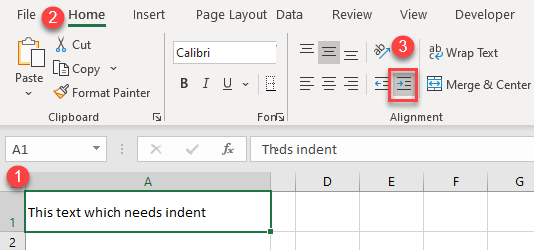

Just ignore what the code means, focus on the indentation. Indent the codes between For /Next and nested IF / Else / End IF Indent the codes between If and End If Public Sub test() Dim total as Integer x = 124 If Len(x) = 3 Then Indent the codes between Sub and End Sub Public Sub test() Use “Tab” key for indentation, Shift+Tab to undo the Tab effect.Ģ) Do not need to indent code that has starting keyword but no ending keyword in separate line, such as Dim xxx As IntegerĢ) Double line spacing is optional, just use it if it makes you easier to readģ) Do not worry about spacing within each line of code, it will be adjusted automatically Example 1 There are some generally acceptable rules for indentationġ) For each set of code that has an starting and ending keyword such as IF…End If, indent the lines of code between. The second code is easier because codes are in different layers. The first code is difficult to read because it looks like a mess, all codes combine together.


MsgBox ("String length is 3 and total is 7") I will show an example below for you to understand more easily. There is no black and white rule for what code needs to be indented, but there are generally acceptable rules. In VBA coding, indentation is not mandatory, which means it does not cause compile error if you miss it, but it is definitely a good practice for you or for others to follow your code easily. Indentation is also used for all kinds of computer programming. Indentation is not a word reserved for VBA, it is a word that also appears in Microsoft Word, Excel spreadsheet and even Powerpoint. Indentation represents some spaces at the beginning of a new row of sentence.


 0 kommentar(er)
0 kommentar(er)
